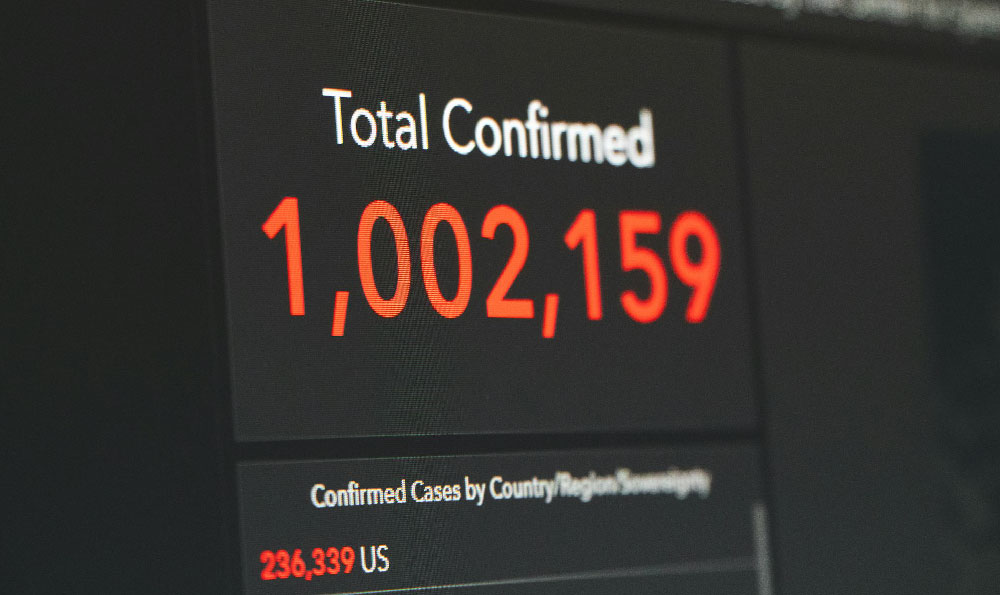Want a YouTube Channel for Profit? How Do You Make It?
Alright, let's delve into the world of YouTube channel creation with the explicit goal of profitability. This isn't about overnight success or quick riches; it's about building a sustainable and valuable asset that generates revenue over time. It requires strategic planning, consistent effort, and a deep understanding of the YouTube ecosystem.
The foundational step is niche selection. While passion is important, profitability hinges on identifying a niche with both audience demand and monetization potential. Think about it this way: are people actively searching for content in your area of interest? Are advertisers willing to pay a premium to reach that audience? Tools like Google Trends, keyword research platforms (Ahrefs, Semrush), and even simply browsing YouTube's trending pages can provide valuable insights. Avoid overly saturated niches unless you have a truly unique angle. Micro-niches often offer less competition and a more targeted audience, leading to higher engagement rates. Examples could include specific video game genres, detailed tutorials on a particular software, or even hyper-local content focusing on a small community.
Once you've settled on a niche, content strategy becomes paramount. This isn't about randomly uploading videos; it's about creating a content calendar that addresses audience needs, capitalizes on trending topics within your niche, and positions you as an authority. Conduct thorough keyword research to identify the search terms your target audience is using. Then, plan your videos around those keywords. Consider creating a mix of evergreen content (tutorials, informational videos that remain relevant over time) and timely content (news, reviews, reactions to current events). Batching your content creation can improve efficiency. Film multiple videos in one session to streamline the process.

Production quality matters, but it doesn't have to be expensive. Clear audio is non-negotiable. Invest in a decent microphone, even if it's a budget-friendly USB mic. Good lighting is also crucial. Natural light is best, but a simple ring light or softbox can dramatically improve your video's appearance. Edit your videos professionally. Learn basic editing skills or outsource to a freelancer. Consistent branding is also essential. Develop a logo, color scheme, and intro/outro sequence that reflects your channel's personality and makes your videos easily recognizable.
YouTube SEO is vital for discoverability. Optimizing your titles, descriptions, and tags is how YouTube's algorithm understands what your videos are about and who to show them to. Use relevant keywords throughout your title and description. Write compelling descriptions that accurately summarize your video's content and encourage viewers to watch. Choose appropriate tags that reflect the keywords your target audience is searching for. Create eye-catching thumbnails. Thumbnails are often the first thing viewers see, so they need to be attention-grabbing and accurately represent your video's content. A/B test different thumbnails to see which ones perform best.
Building a community is crucial for long-term success. Respond to comments, engage with your viewers, and encourage interaction. Create polls, ask questions, and solicit feedback. Consider hosting live streams or Q&A sessions. Collaborate with other YouTubers in your niche. Collaborations can expose your channel to a new audience and help you build relationships with other creators. Utilize YouTube's community tab to share updates, behind-the-scenes content, and engage with your viewers outside of videos.
Monetization is where the rubber meets the road. YouTube's Partner Program (YPP) requires you to have at least 1,000 subscribers and 4,000 valid watch hours in the past 12 months. Once you're eligible, you can monetize your videos with ads. However, don't rely solely on ad revenue. Explore other monetization options, such as:
- Affiliate marketing: Promote products or services in your videos and earn a commission on sales.
- Sponsored content: Partner with brands to create videos that feature their products or services.
- Merchandise: Sell branded merchandise, such as t-shirts, mugs, and stickers.
- Online courses or digital products: Create and sell online courses, ebooks, or other digital products related to your niche.
- Patreon or other crowdfunding platforms: Allow your viewers to support your channel through monthly donations.
Analytics are your best friend. Regularly analyze your YouTube analytics to understand what's working and what's not. Pay attention to metrics such as watch time, audience retention, traffic sources, and demographics. Use this data to inform your content strategy and optimize your videos. Identify your best-performing videos and create more content similar to them. Experiment with different video formats, titles, and thumbnails to see what resonates with your audience.
Finally, be patient and persistent. Building a successful YouTube channel takes time and effort. Don't get discouraged if you don't see results immediately. Keep creating high-quality content, engaging with your audience, and optimizing your videos. Over time, you'll build a loyal following and a profitable channel. Remember to adapt to YouTube's ever-changing algorithm and stay informed about the latest trends and best practices. Continuous learning and adaptation are key to long-term success on YouTube. This is a marathon, not a sprint. Focus on providing value to your audience, and the monetization will follow.















